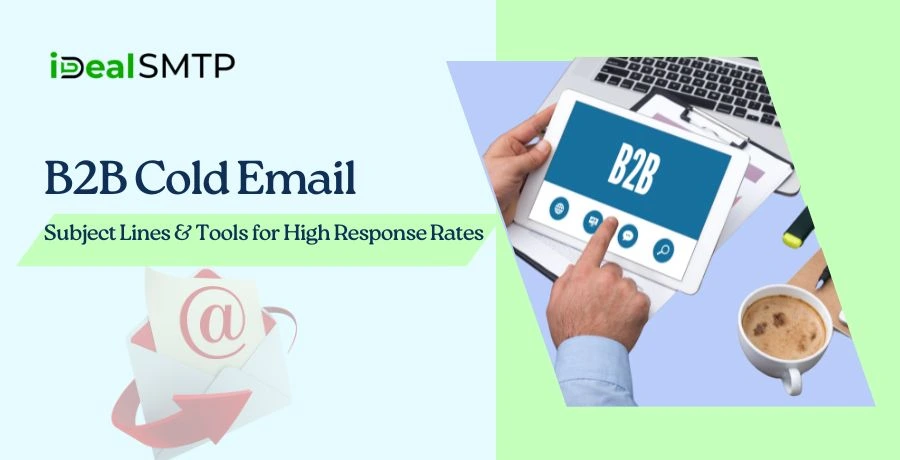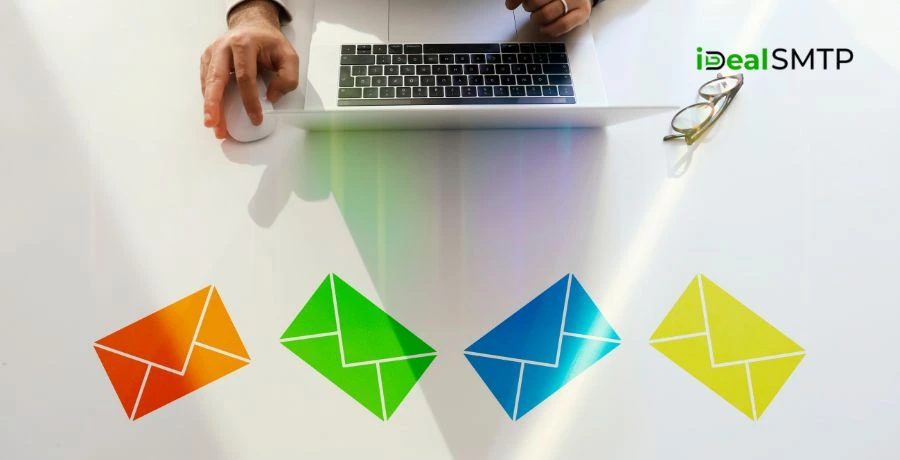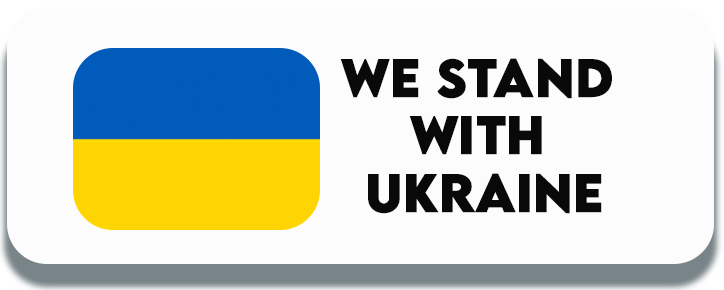Cold email is one of the oldest and most effective ways to reach new customers. Even today, businesses use cold emails to connect with other businesses, especially in B2B (business-to-business) marketing. If you are a business owner or marketer, sending the right B2B cold email can help you find new clients, build relationships, and increase sales.

In this blog, we will explain everything about B2B cold email. You will learn how it works, why it is important, and how to write the best emails that get replies. We will also talk about subject lines, response rates, bulk email, SMTP servers, and how to use email marketing effectively.
Table of Contents
Pricing
| Trail Plan | Standard Plan | Premium Plan | Professional Plan |
| $50 | $145 | $185 | $225 |
| Sending Limit | Sending Limit | Sending Limit | Sending Limit |
| 1000 Emails/Hour | 1500 Emails/Hour | 3000 Emails/Hour | 5000 Emails/Hour |
What Is B2B Cold Email?
A B2B cold email is an email sent by one business to another business without any prior contact. It is called “cold” because the receiver is not expecting it. The goal is to start a conversation, introduce your product or service, and eventually make a sale or build a partnership.
For example, if you run a software company and send an email to another company’s marketing team to offer your services, that’s a B2B cold email.
Why B2B Cold Email Still Works
Even in the age of social media, B2B cold emails are still effective. Why? Because email is professional, direct, and personal. Decision-makers at companies still check their emails daily. A well-written cold email can reach the right person at the right time.
Cold email is also cost-effective. You don’t have to pay for ads. You just need time, research, and the right email tools.
Difference Between Cold Email and Spam
It is very important to understand the difference between a cold email and spam. Spam is unwanted, often irrelevant, and sent in bulk without personalization. A B2B cold email, on the other hand, is targeted and written with a clear purpose.
Good cold emails follow rules and offer value. They are not annoying or pushy. They are helpful, polite, and focused on solving a problem for the other business.
The Role of Email Marketing in B2B Cold Outreach
Email marketing is the larger strategy, and cold emailing is a part of it. In email marketing, you send different types of emails like newsletters, promotional offers, and follow-ups. Cold emailing is a strategy used to connect with people you haven’t contacted before.
B2B cold email marketing is all about finding new business leads and growing your customer base. When done right, it can open new opportunities for your company.
Writing the Best B2B Cold Emails
To write the best B2B cold emails, you need to understand your target audience. Your email should be simple, short, and personalized. It should include:
- A clear subject line
- A friendly greeting
- A brief introduction
- A value proposition
- A call to action (CTA)
The goal is not to sell immediately. It is to get a reply and start a conversation.
Understanding B2B Cold Email Subject Lines
The subject line is the first thing the recipient sees. If it is boring or unclear, your email may never get opened. That’s why B2B cold email subject lines are very important.

Your subject line should be interesting, short, and relevant. It should give a reason for the recipient to open the email. Personalization helps. For example, using the recipient’s name or company name in the subject line can increase open rates.
Best B2B Cold Email Subject Lines Examples
Here are some ideas (in sentence form, not bullet points) for creating the best B2B cold email subject lines. You can try something simple like “Quick Question About [Company Name].” You can also use curiosity, like “Are You Looking to Grow Your Sales This Quarter?” Or you can go for value, such as “A New Way to Save Time on Your Projects.”
Testing different subject lines is important. Sometimes, even a small change in words can improve your email open rate.
How to Improve B2B Cold Email Response Rates
Getting people to open your email is just the first step. The real goal is to get a reply. This is where B2B cold email response rates matter.
To improve your response rates, focus on writing relevant and personalized emails. Don’t send the same message to everyone. Show that you understand their business and problems. Offer value. Ask a simple question that is easy to reply to.
Follow-up emails also help. Many times, people are busy and forget to reply. A polite follow-up after a few days can bring results.
Tools to Help You Send B2B Cold Emails
To manage a successful B2B cold email marketing campaign, you need the right tools. These tools help you send emails, track results, and stay organized.
A bulk email tool allows you to send many emails at once. This is useful when you have a large list of prospects. However, you still need to personalize each email to avoid looking like spam.
Another important tool is the SMTP server. SMTP stands for Simple Mail Transfer Protocol. It is the technology that allows your email to be sent and delivered. Using a reliable SMTP server ensures that your emails land in the inbox, not the spam folder.
How to Use Bulk Email Without Being Marked as Spam
Sending bulk email is useful in cold outreach, but it must be done carefully. If you send too many emails too fast or without personalization, email providers may mark you as spam.
To avoid this, warm up your email account slowly. Start by sending a small number of emails. Increase the volume gradually. Use email warming tools to build a good sender reputation.
Always use verified email lists. Never buy email lists from random sources. Make sure the people you are emailing are the right audience for your offer.
Setting Up Your SMTP Server for Cold Email
An SMTP server is like the post office of the Internet. It takes your email and delivers it to the right inbox. If your SMTP server is not set up correctly, your emails may not be delivered at all.
You can use your own SMTP server or use a hosted service. Many email marketing tools come with built-in SMTP servers. Make sure you have proper domain authentication, such as SPF, DKIM, and DMARC records. This helps email providers trust your emails.
Tracking the Success of Your Cold Emails
You can’t improve what you don’t measure. That’s why it is important to track your B2B cold email campaigns. Look at metrics like:
- Open rate (how many people opened the email)
- Click rate (how many clicked on links)
- Reply rate (how many replied)
- Bounce rate (how many emails failed to deliver)
These numbers show what’s working and what’s not. You can then make changes to your email copy, subject lines, or target list.
The Legal Side of B2B Cold Emails
Before you send any cold email, make sure you follow the law. Different countries have different rules. In the US, the CAN-SPAM Act requires you to include your company address and an option to unsubscribe. In Europe, GDPR rules are stricter and require consent in many cases.
Even in B2B, it’s important to respect privacy. Always give people a way to opt out. Don’t send emails too frequently. Be honest and transparent.
Common Mistakes to Avoid in B2B Cold Emails
Many people make mistakes that reduce the success of their cold emails. One mistake is writing long, complicated emails. Keep your emails short and easy to read.
Another mistake is talking too much about yourself. Instead, focus on how you can help the recipient.
Don’t forget to proofread your emails. Bad grammar or spelling mistakes can make you look unprofessional.
Best Time and Day to Send Cold Emails
Timing matters in cold emailing. Studies show that the best days to send B2B emails are Tuesday, Wednesday, and Thursday. The best time is usually mid-morning or early afternoon.
However, this can vary depending on your industry and audience. Test different days and times to find what works best for your audience.
Cold Email vs Warm Email
A cold email is sent to someone you’ve never contacted before. A warm email is sent to someone who already knows you or your company.
Warm emails usually have better response rates. But cold emails are important when you’re trying to reach new markets or industries.
Your goal with cold emails is to turn cold leads into warm leads, and then into customers.
Follow-Up Strategy for Cold Emails
If you don’t get a reply to your first email, don’t give up. Most deals happen after several follow-ups. Send a reminder after 3-5 days. Be polite and professional. Try to add something new in each follow-up, like a case study or testimonial.
Don’t send too many emails too quickly. Two to four follow-ups are usually enough.
Real Examples of the Best B2B Cold Emails
The best B2B cold emails are short, clear, and helpful. Here’s a simple example in sentence form:
“Hi [Name], I noticed your company is growing fast. We help businesses like yours automate their sales process. Would you be open to a quick call next week to explore how we can help?”
This kind of email is friendly, personal, and offers value. It also ends with a question that invites a reply.
Building a B2B Cold Email List
Your cold email campaign is only as good as your list. Start by identifying your ideal customer profile. Look for businesses that are a good fit for your product or service.
Use tools like LinkedIn, company websites, and lead generation software to find contacts. Always double-check email addresses before sending.
Conclusion
B2B cold email is still one of the best ways to grow your business. When done right, it can connect you with new clients, open new opportunities, and build strong business relationships.
Focus on writing good subject lines, personalizing your emails, using the right tools like bulk email platforms and SMTP servers, and following up politely. Track your results and improve your campaigns over time.
FAQs
Here are the top FAQs on B2B cold email:
1. What is a B2B cold email?
A B2B cold email is an unsolicited message sent to another business to start a conversation or generate leads.
2. Why are subject lines important in B2B cold email?
They determine whether your email gets opened or ignored.
3. What is B2B cold email, and how does it work in modern email marketing?
B2B cold email is a type of outreach where businesses send unsolicited emails to other businesses to start conversations, build relationships, or generate leads. It works by identifying potential prospects, crafting personalized emails, and sending them through tools like SMTP servers or bulk email platforms. The goal is to engage recipients and move them into your sales funnel.
4. How do you write the best B2B cold emails that get responses?
To write the best B2B cold emails, focus on personalization, clarity, and value. Start with a strong subject line, introduce yourself briefly, mention why you’re reaching out, highlight how your product or service solves a problem, and end with a simple call-to-action. Always keep it short and relevant to the recipient’s business needs.
5. Can I use a bulk email tool for B2B cold emails?
Yes, if you segment your audience and personalize the emails.
6. What role does an SMTP server play in cold email?
It helps send bulk emails reliably and improves deliverability.
7. Are B2B cold emails legal?
Yes, if they’re relevant, truthful, and include an opt-out option.
8. How many follow-ups are ideal in a cold email campaign?
Two to four follow-ups usually work best.
9. Is personalization important in cold emails?
Yes, it increases engagement and response rates significantly.







